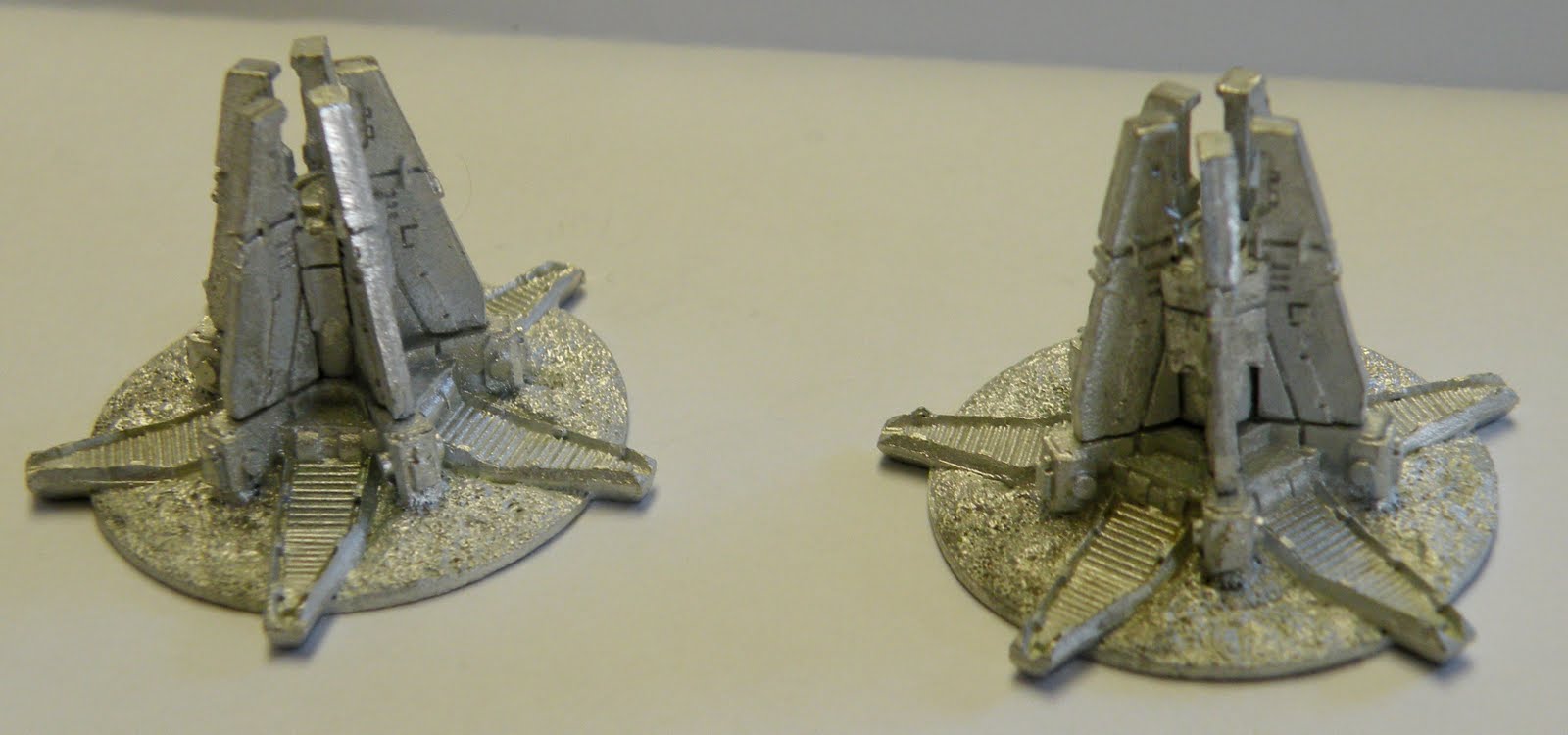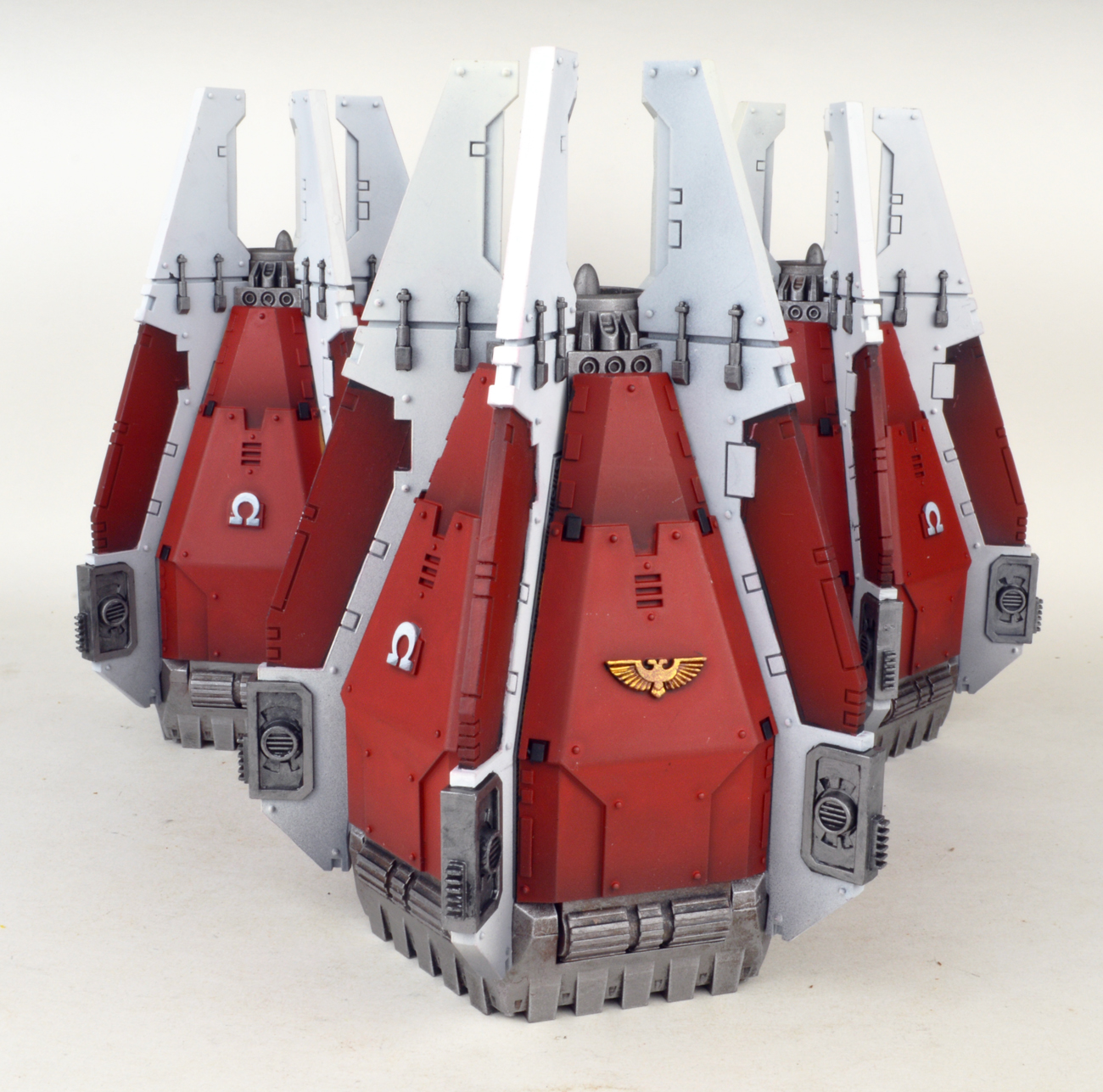

Space Marines have a hard-connect on their backpack power unit to secure them in place. The riders (never referred to as passengers) are seated in a circle with their backs to the central core. The central core contains the massive capacitor-cells and fusion engines needed to drive the various Power Field technologies: these being the Power Canopy, Pulsed Power Field Emitter and Stasis Field. Its inner workings include several converted Archeotech devices born in antiquity during the Dark Age of Technology. The content of this page is an unofficial re-image of 40K known as 'Philhammer' | Notes on Canon | Disclaimer | Games Workshop's IP Construction OverviewĪ Space Marine Drop Pod has a Cermet ( Adamantium-13) superstructure with a 'rivet and bond' Ceraplate inner, and ablative Ceraous outer, panels. About the only faction within the Imperium that utilise them are the legendary Space Marines, and this means the Drop Pods have become synonymous with Space Marine assaults. They are far too dangerous and precious to the Adeptus Mechanicus. These counter technologies are designed to save those within, but outside is a very different story: so powerful are these impacts that Drop Pods can be seen as much a weapon as a transport. The technologies use to counter the force of impact, and what would be fatal damage to the occupants, are a jealously guarded secret of the Adeptus Mechanicus. Drop Pods do not land in a conventional sense, instead the slam into the ground at extreme speed.

The Drop Pod's sole purpose is to get its occupants (Space Marines) to the surface as fast as possible. Drop Pods have a completely different design objective to shuttles (or hybrid atmosphere/ space craft like the Thunderhawks). The fastest being the near instantaneous travel of teleporters. If you've got any questions about something in this post, shoot me a comment and I'll be glad to answer.Drops Pods are the second fastest way to reach the surface of a planet from orbit.

Now I know why you don't see very many all drop pod armies with fully painted pods. I still need to add some damage to the ramp, but that will come at the very end. A little bit of highlighting for the black stripe and some for the yellow and I was all set. Each set of marks is two openings wide and I just followed that pattern the whole way up the ramp.Īnd presto, all the stripes are the same angle and width the whole way up. All of the "B" marks are inbetween two openings. If you look closely, you'll see that all the "A" marks are directly underneath one of the circular openings along the edge. I picked two points, one along the bottom edge (A) and one along the top edge (B) and connected the dots to make my lines. I decided I wanted mine to be fairly large and I wanted the angle of the stripes to be slightly different than the ramp itself. Once the yellow was dry, I washed it twice with Gryphonne Sepia to give it that "dirty" look. With the base color down, I added the "yellow." The yellow I use is almost transparent but with the base color I picked, it was no problem at all. I went with a light tan color because I didn't want that bright, clean look that comes with using white as a base. The first step was getting a good base color down. I think that's because they can be a bit of a pain to paint. I know someone's probably going to ask how it was done and you don't see many people using hazard stripes on their stuff. I figured I would share with you guys how I went about painting the hazard stripes around the seals of the hatches on the drop pod I've been working on lately.


 0 kommentar(er)
0 kommentar(er)
